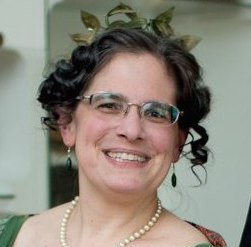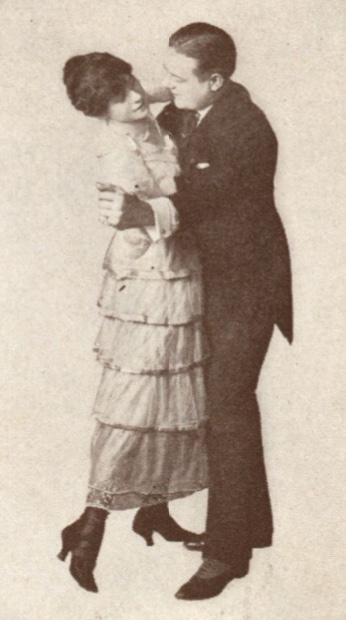Whatever the Original Gallopade published by dancing master W. G. Wells ("late of London") in The danciad, or companion to the modern ball room (Montreal, 1832) may be, it's certainly not the "original", in the sense of being the first version, since it's clearly a variation of the Original Gallopade published in Companion to La Terpsichore Moderne (Second Edition) by J. S. Pollock (London, c1830).
The introductory material is also blatantly plagiarized from either Pollock or some common source, so it can hardly be called "original" in the creative sense either, and it is unlikely to be exactly what was originally introduced in 1829 and referenced in the introduction to the dance, which I will append in full at the bottom of this post. I think that introduction is more about gallopade-as-a-dance-in-general rather than this specific gallopade. But in any case, it's virtually identical to the introduction in Pollock, and they can't both be the original.


